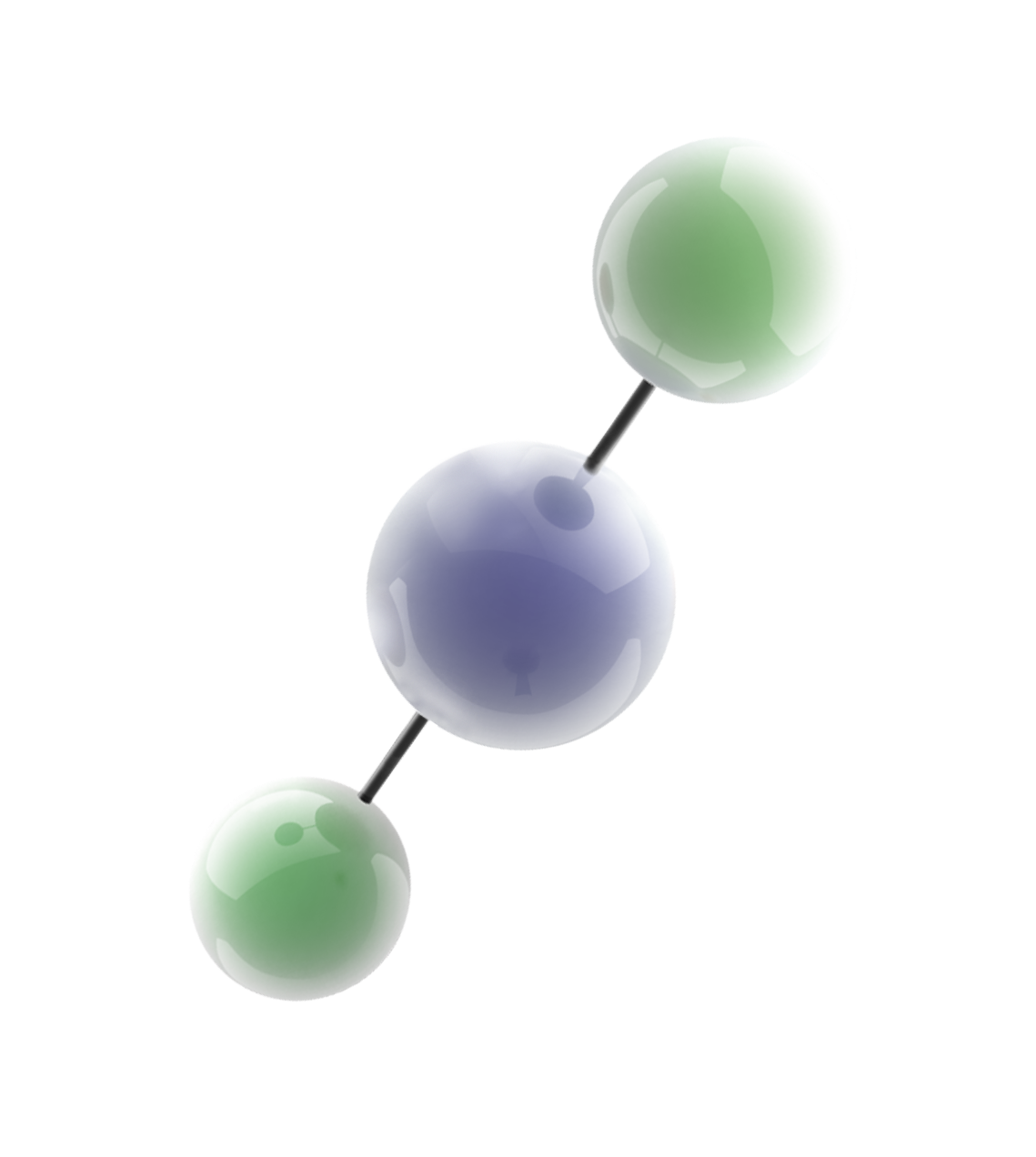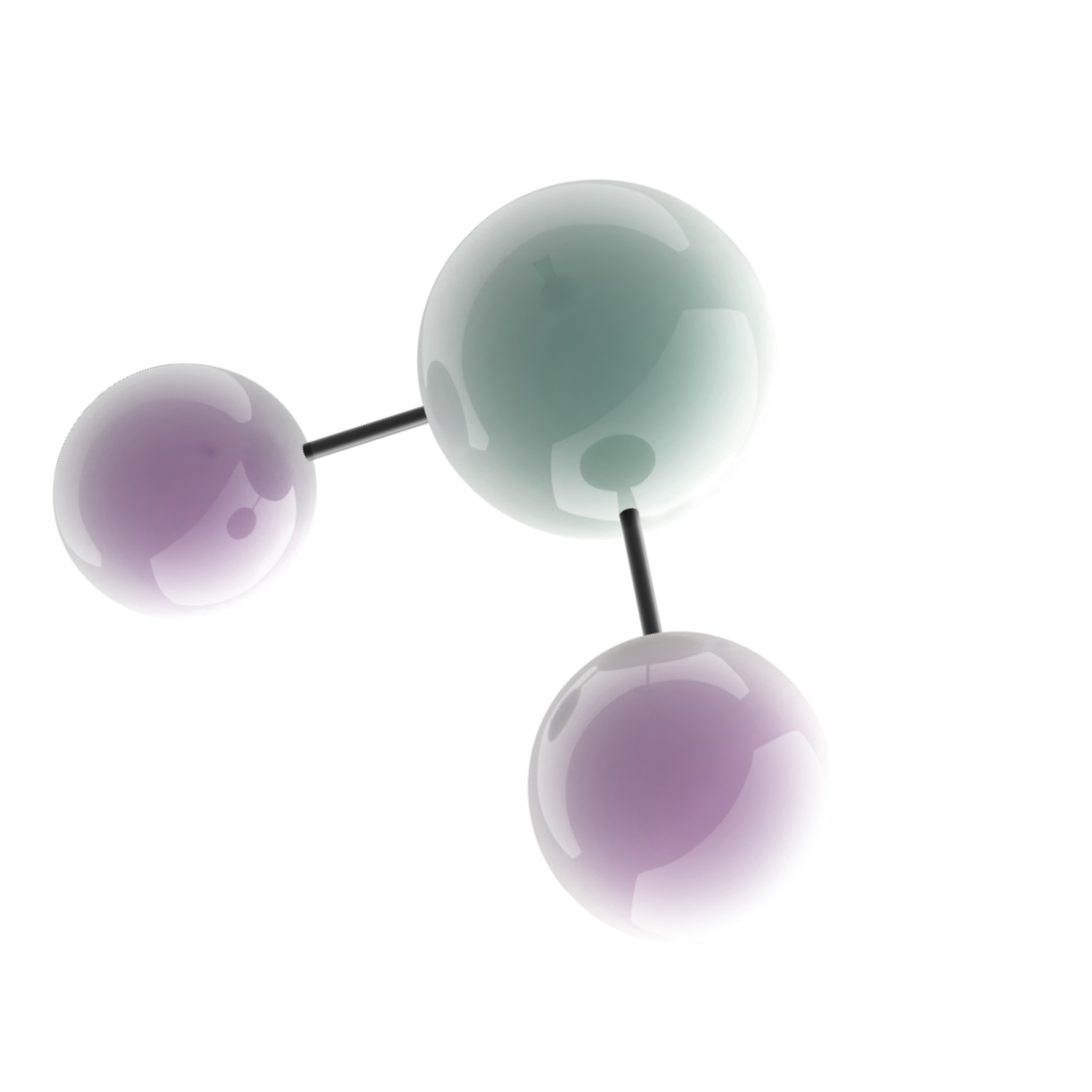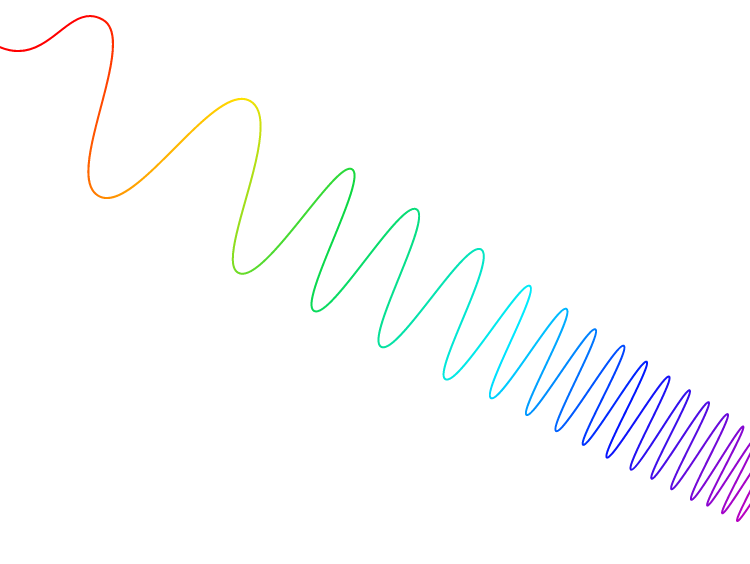Clean air is as valuable a resource as clean water. Air pollution, due to increase of PM2.5, is one of the most serious environmental issues in the world. A global standard for quantifying the level of air cleanliness is swiftly required, and we defined a novel concept, namely the Clean aIr Index (CII). We hope that the CII index will be commonplace and widely used such as for tourism and city planning all over the world.

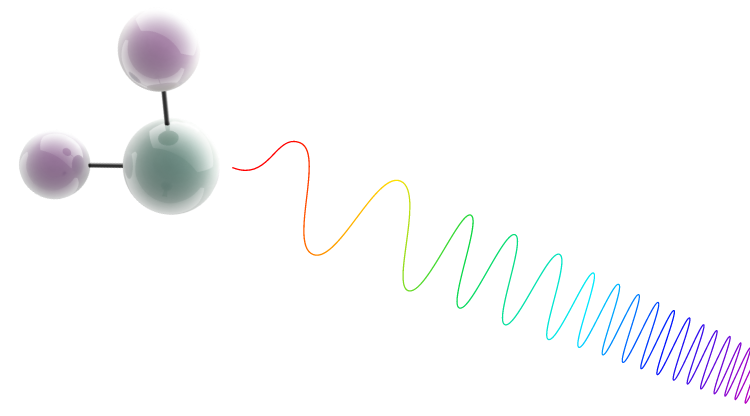
What is CII
CII is an index that quantify the air cleanliness, and is represented by a number of 1 or less. A higher CII value indicates cleaner air, with a maximum of 1 indicating the absence of air pollutants. The CII value decreases as the amount of air pollutants increases, with a value of 0 indicating that the amount of air pollutants is equal to the numerical criteria and a negative value indicating that the amount of air pollutants is larger than the numerical criteria.

Where x[i] is the amount of ith air pollutant, s[i] is the numerical criteria for the normalization of x[i], and N is the number of air pollutants considered in the CII. The numerical criteria vary, depending on the type of air pollutants. Normalization is a process that unifies the amount of air pollutants, not the amount of air pollutants themselves, but how much or less they are compared to the standard. We considered ozone (O3), suspended particulate matter (SPM), nitrogen dioxide (NO2), and sulfur dioxide (SO2), which are mentioned by the Air Quality guidelines (AQG) set by the World Health Organization (WHO). The air pollutant amounts are calculated by combining models called WRF (Weather Research and Forecasting) and CMAQ (Community Multiscale Air Quality).
When is the season of clean air?
Where is the city of clean air?
Figure 1 shows the daily mean CII values from April 2014 to March 2017. The horizontal axis is time (day), and the vertical axis shows the national code of each municipality. The lower the number, the more north the municipality. We can clearly see that the air cleanliness in Japan changes with the seasons. In spring, the CII value is relatively low because air pollutants come to Japan on the wind blowing from the Eurasian continent. In summer, the CII value is high because clean air comes to Japan from the Pacific Ocean.
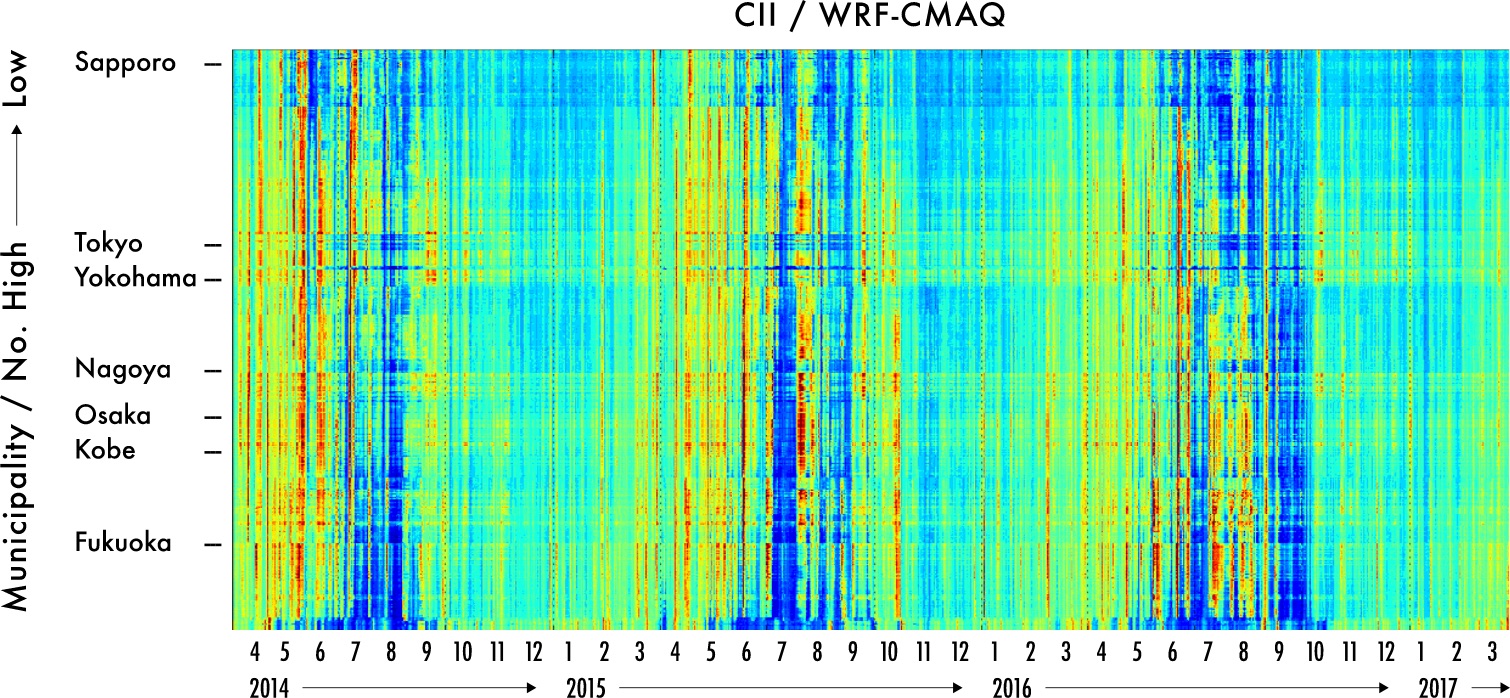
Table 1 compares the CII values for Tokyo, Seoul, and Beijing. The air in Tokyo is relatively cleaner among the large cities in East Asia.
| Tokyo (23 wards) |
Soul | Beijing |
|---|---|---|
| 0.67 | 0.52 | 0.24 |
Figure 2 is a map showing the daily mean CII value for the three years. You can see that the places with particularly clean air (light blue) in Japan are concentrated in the eastern part of Hokkaido.
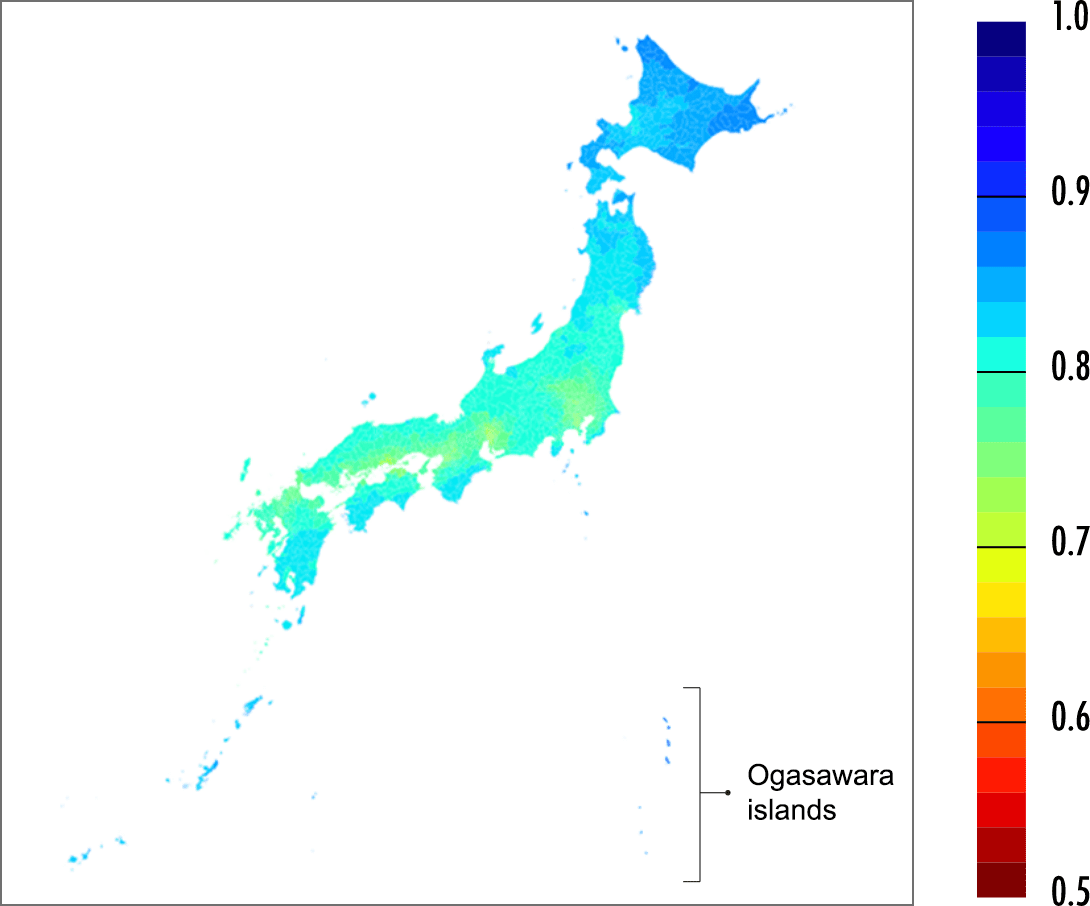
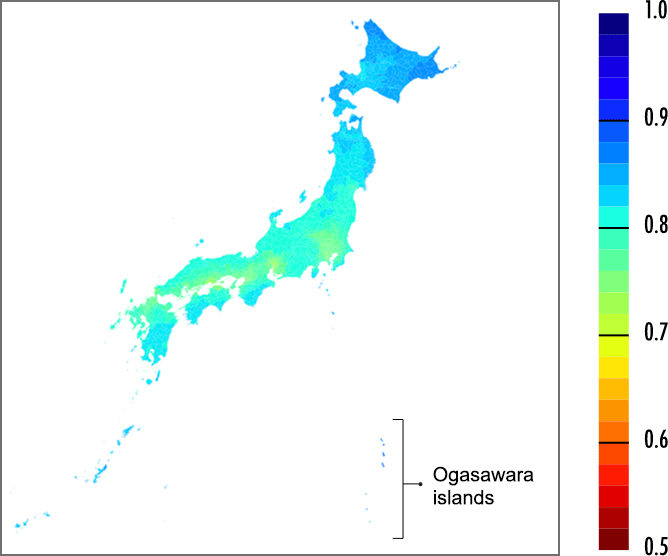
Furthermore, we took the daily average for 30 days with the highest CII value, and selected the "100 Clean Air Cities" (Table 2).
| Prefectures | Municipality name |
|---|---|
| Hokkaido | Nemuro City, Kushiro Town, Akkeshi Town, Hamanaka Town |
| Tokyo | Niijima Village, Kozushima Village, Miyake Village, Mikurajima Village, Hachijo Town, Aogashima Village, Ogasawara Village |
| Wakayama | Tanabe City, Minabe Town, Shirahama Town, Kamitonda Town, Nachikatsuura Town, Kozagawa Town, Kushimoto Town |
| Tokushima | Kaiyo Town |
| Ehime | Uwajima City, Seiyo City, Matsuno Town, Kihoku Town, Ainan Town |
| Kochi | Kochi City, Aki City, Nankoku City, Tosa City, Susaki City, Yadoge City, Tosashimizu City, Shimanto City, Kami City, Kami Town, Toyo Town, Nahanri Town, Tano Town, Yasuda Town, Kitagawa Village, Umaji Village, Geishi Village, Inomachi, Niyodogawa Village, Nakatosa Town, Takamura Tsuno Town, Shimanto Town, Ochi Town, Mihara Village, Kuroshio Town |
| Kumamoto | Taragi Town, Yunomae Town, Mizukami Village, Asagiri Town |
| Oita | Saiki City |
| Miyazaki | Miyazaki City, Tsuno City, Nobuoka City, Hinokage City, Kobayashi City, Hinokage City, Kushima City, West City, Ebino City, Mitsumata Town, Takaharu Town, Shintomi Town, Nishimera Village, Kijo Town, Kawaminami Town, Tsuno Town, Kadogawa Town, Morozuka Village, Shiiba Village, Misato Town, Takachiho Town, Hino Kage Town, Gokase Town |
| Kagoshima | Kanoya City, Pillowzaki City, Shinan City, Nishino Omote City, So City, Kirishima City, Fushi City, Amami City, Minamitane City, Osaki Town, Yusui Town, Osaki Town, Higashikushira Town, Kinko Town, Minamitane Town, Kimotsuki Town, Nakase Town, Minamitane Town, Yakushima Town, Yamato Village, Kikai Town |
| Okinawa | Minamidaito Village, Kitadaito Village, Miyakojima City, Kunigami City, Higashi Village, Tarama Village, Yonaguni Town |
CII has already begun to permeate society. For example, Weathernews Inc. has distributed an article about the cleanliness of Japanese air using CII.
Related article:
12日(水)~13日(木)は空気のキレイ度が低下 要因のひとつに黄砂
投稿日:2023/04/13
水が澄み、山が見えた 新型コロナで「環境は自分の手で改善できる」を学んだ私たち
投稿日:2020/08/06
沖縄や西日本のPM2.5濃度上昇、西之島の火山ガス(二酸化硫黄等)が原因か
投稿日:2020/08/05
投稿日:2020/07/22
今年3〜5月の空気はキレイだった 要因の一つに経済活動の縮小か
投稿日:2020/06/28
投稿日:2020/05/01
投稿日:2020/04/01
投稿日:2020/03/03
